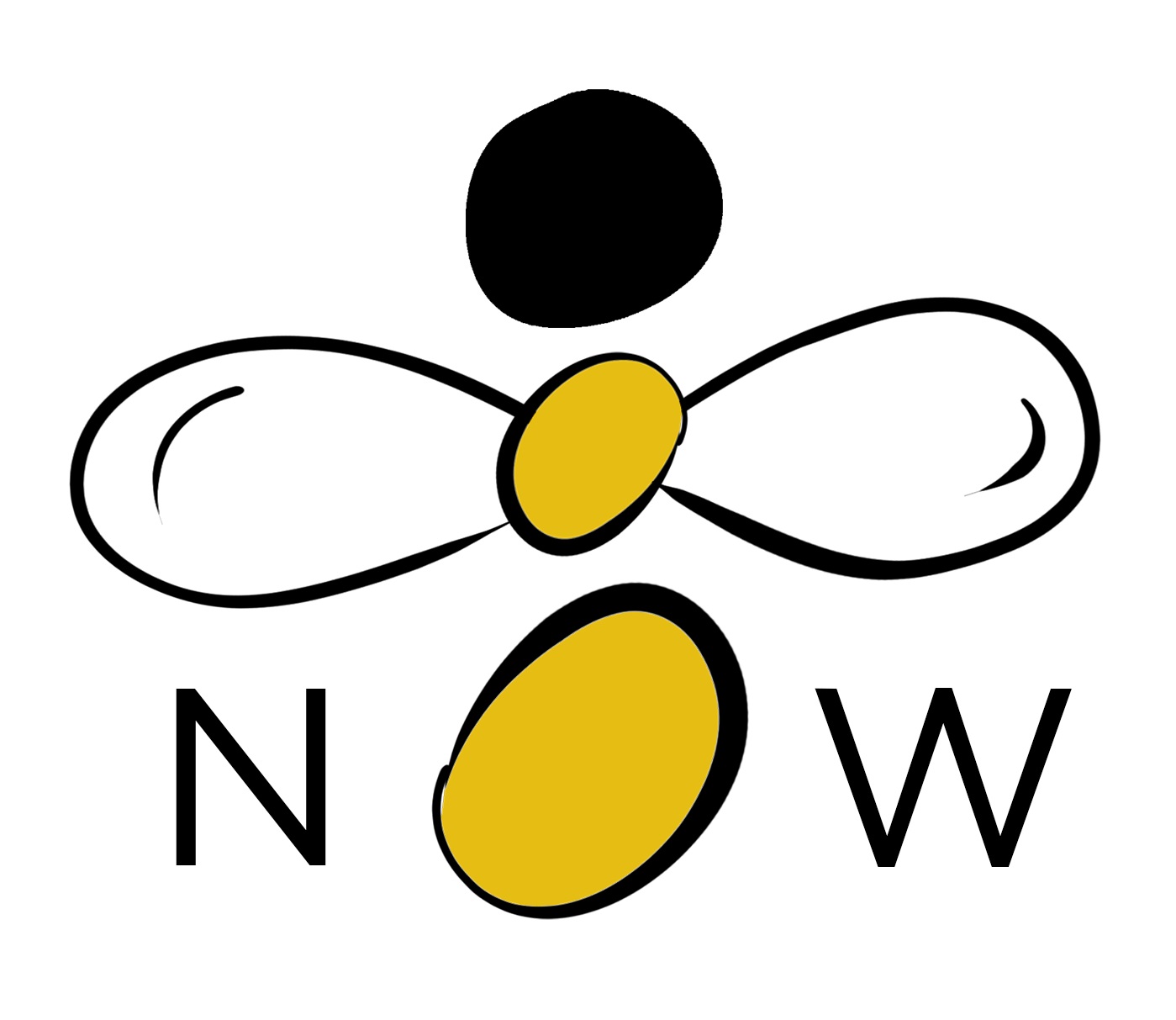In the lively city of our minds, there’s a persistent, naysaying resident we all know too well – the inner critic. This unwelcome inhabitant is a master of seeding doubt, magnifying flaws, and curbing our zest for life. Its voice echoes our deepest insecurities and perpetuates a cycle of self-doubt and inhibition. But where does this critic come from, and how do we transform its persistent whispers into a force for growth?
The origin of the inner critic is rooted in our biology and early life experiences. The amygdala, a small almond-shaped part of our brain, acts as the sentinel, ready to respond to perceived threats with the familiar fight, flight, or freeze response.
Over time, and often due to adverse childhood events, the amygdala can become hyperactive, sending out alarm signals at the slightest hint of emotional discomfort or potential rejection. This constant alarm bell is the platform on which the inner critic builds its narrative, protecting us by keeping us in our ‘safety zone’, no matter how limiting that zone may be (Etkin, 2019).
Thankfully, our brains are remarkably adaptable, a property known as neuroplasticity. With awareness and practice, we can reshape our response to the inner critic. Here’s a simple, five-step approach to transform your relationship with your inner critic, grounded in neuroscience and cognitive-behavioral principles:
- Body Scan: Tuning into your physical sensations helps anchor you in the present moment, a state where the amygdala’s alarms are less likely to ring (Brewer, 2019).
You can ask yourself: “what’s my felt sense?” “how am I feeling in my body right now?” “where is the tension located?” - Emotional Gauge: By quantifying your emotional state, you’re engaging your prefrontal cortex, the rational, ‘thinking’ part of the brain, shifting the balance of power away from the amygdala.
1-10, how intense is the feeling tone? - Identify and Name the Critic: This step engages the labeling and naming aspect of our brains, which, according to a study by Lieberman et al., can help to reduce the emotional impact of negative feelings.
Give a name to your inner critic. In a journal, write down what it typically says to you. Understand that this critic formed in a past time when you needed protection. It has remained with you and has become maladaptive because it lacks the ability to adapt and stay curious, unlike your true self. Remember, the critic’s voice is not a true representation of you. - Acknowledge and Respond to the Critic: By consciously responding to the inner critic, you’re practicing self-assertion and cultivating an attitude of non-reactivity towards its comments.
When you hear your inner critic, you can respond by saying, “There is [Name of Inner Critic] again”. Alternatively, you can say “Thank you for, but I’m going to focus on [whatever you’re doing at that moment].” or you can simply say, “Get lost!” It’s not important what you say so much as differentiating what you are not and reclaiming your focus. - Empower Your Self-Talk: Affirmations activate our brain’s reward circuits and can promote a more positive self-view (Shergill et al., 2013). Speak to yourself with kindness and compassion, soothing the part of you that feels vulnerable – this is what your inner critic is trying to protect.
You can soothe this part of yourself with comforting and empowering words. Put your palms on your chest and stomach and say, “That was then, this is now.” or “I’m safe, I’m strong, and I’m enough.” or “I deserve love, understanding, and compassion.”
As you engage with these practices, remember – the goal isn’t to silence the inner critic completely. It evolved as a protective mechanism and has its roots in our shared human experience. The transformation lies in reshaping our relationship with it, acknowledging its intent but asserting our power to choose a different narrative, one of empowerment, compassion, and growth.
References:
- Brewer, J.A., et al. (2019). Can Mindfulness Address Maladaptive Eating Behaviors? Why Traditional Diet Plans Fail and How New Mechanistic Insights May Lead to Novel Interventions. Frontiers in Psychology.
- Etkin, A., et al. (2019). Toward a Neurobiology of Emotion Regulation in Psychopathology: Startle Reflex and Anxiety Disorders. American Journal of Psychiatry.
- Lieberman, M.D., et al. (2007). Putting Feelings Into Words: Affect Labeling Disrupts Amygdala Activity to Affective Stimuli. Psychological Science.
- Shergill, S.S., et al. (2013). Modulation of Neural Response to Happy and Sad Faces by Endogenous and Exogenous Mood

Arya Salehi embraces neurodiversity through design thinking, coaching, and the arts. His mission is to help individuals be at their best by fostering trust and connection in their work and relationships.
Author of Panic in the Soup and host of the Bee Now podcast, Arya is a seasoned coach and facilitator. As a design thinker, he applies human-centered design to create comprehensive user experiences. It’s all about guiding people back home to themselves. He lives in Roseville, CA.
